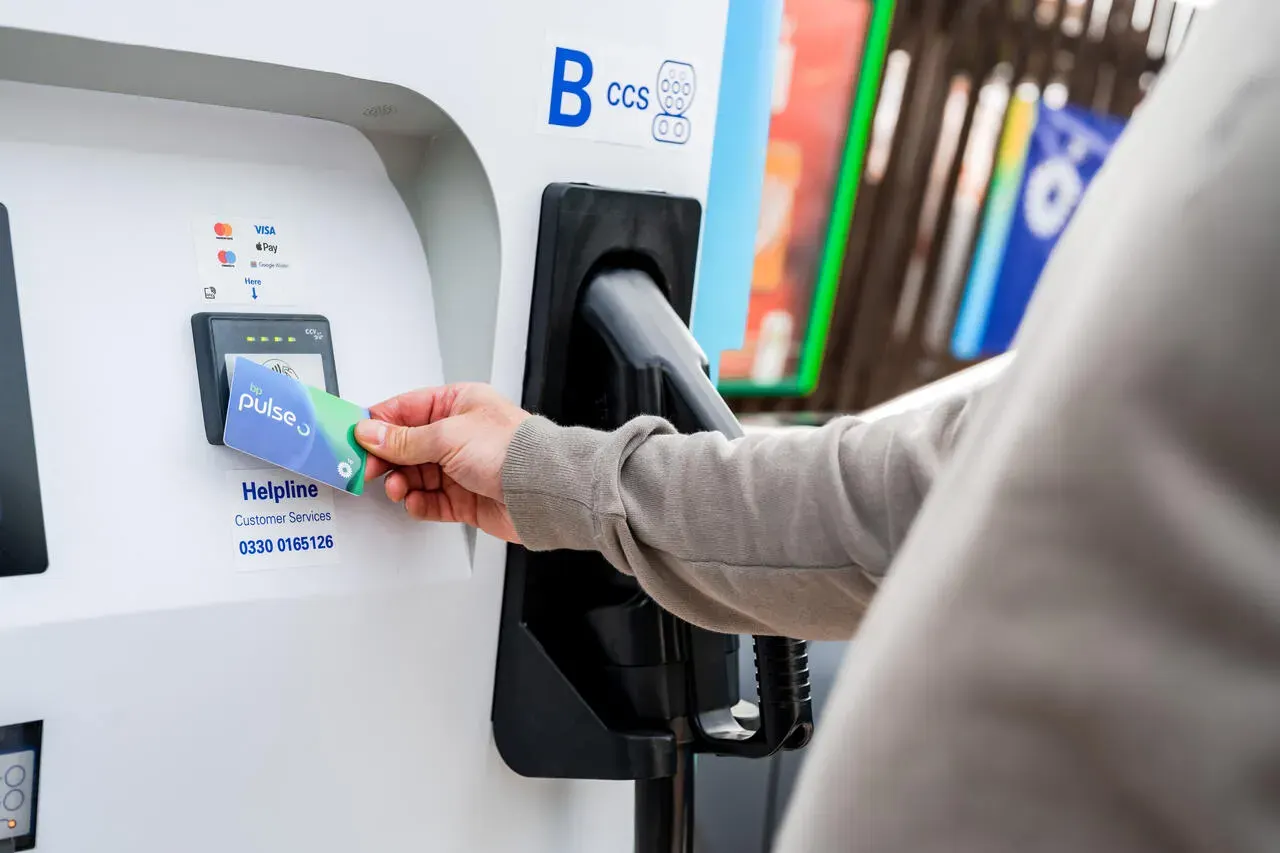An introduction to a common phenomenon that can see your EV charge at different speeds
New to the world of electric vehicles, or thinking about making the switch? It's common to question how long it might take to charge your EV. In this article, we go into detail about one specific phenomenon that can impact the speed at which your EV charges: the charging curve.
What is a charging curve?
A charging curve refers to the phenomenon whereby an EV charges at different speeds, during a single charging session.
How do charging curves work?
Typically, an EV with a low battery initially charges slowly when plugged into a charging point. As the vehicle’s battery gains charge, the rate of charging will typically increase to either the maximum available power output of your chosen charging point at the time —or the maximum charge rate of your specific EV, depending on which is smaller.
The maximum charge rate for your specific EV will depend on its make and model. As the battery becomes fuller, the charging rate slows down. This tends to happen when the battery is at around 80% capacity (or 80% ‘state of charge’) to protect the battery and ensure its longevity, though this again depends on the make and manufacturer.
In other words, an EV doesn’t simply start charging at its fastest rate straight away—it depends on how full the battery is when you reach a charger and the state of charge at which its charging rate slows.








